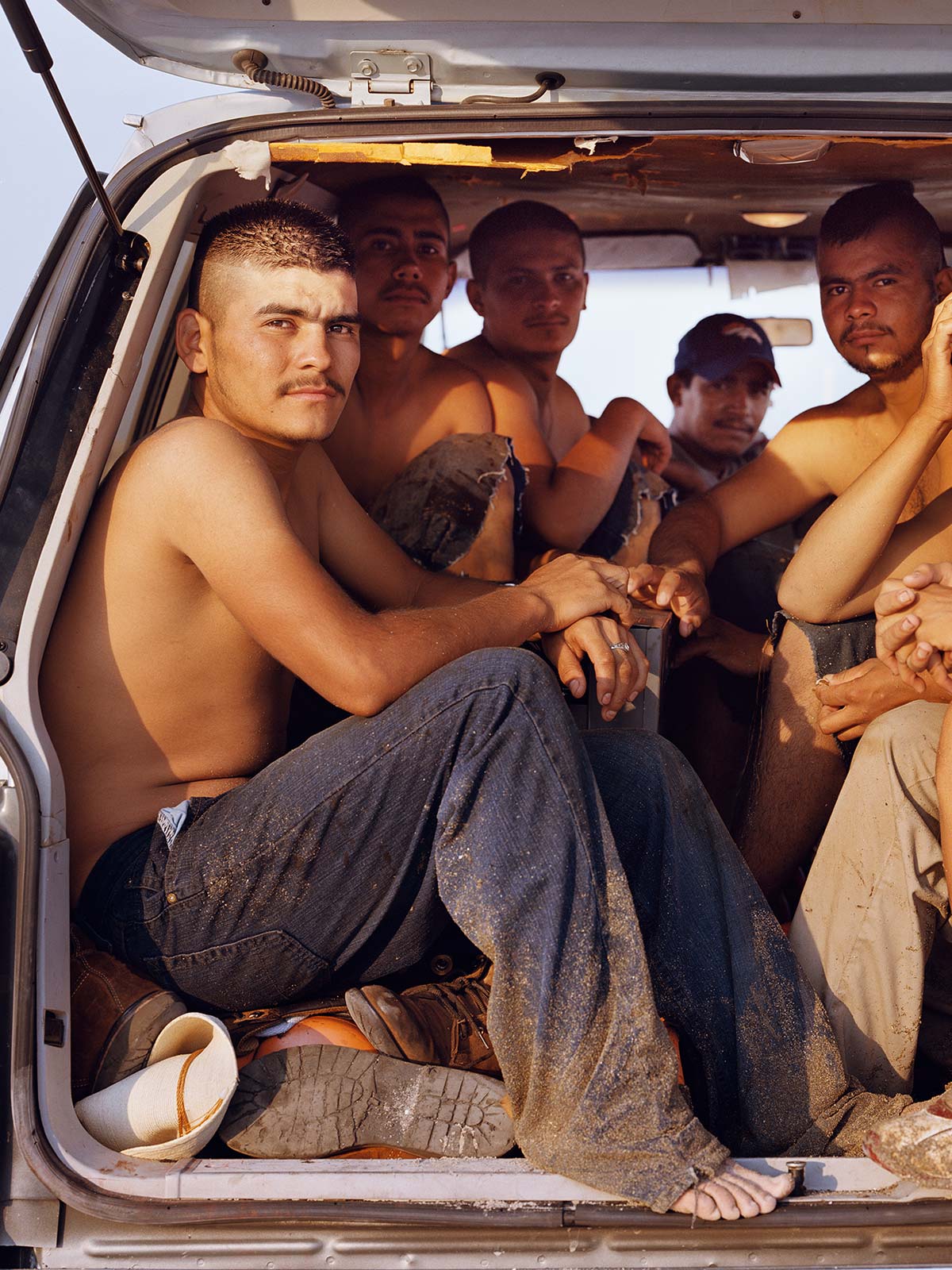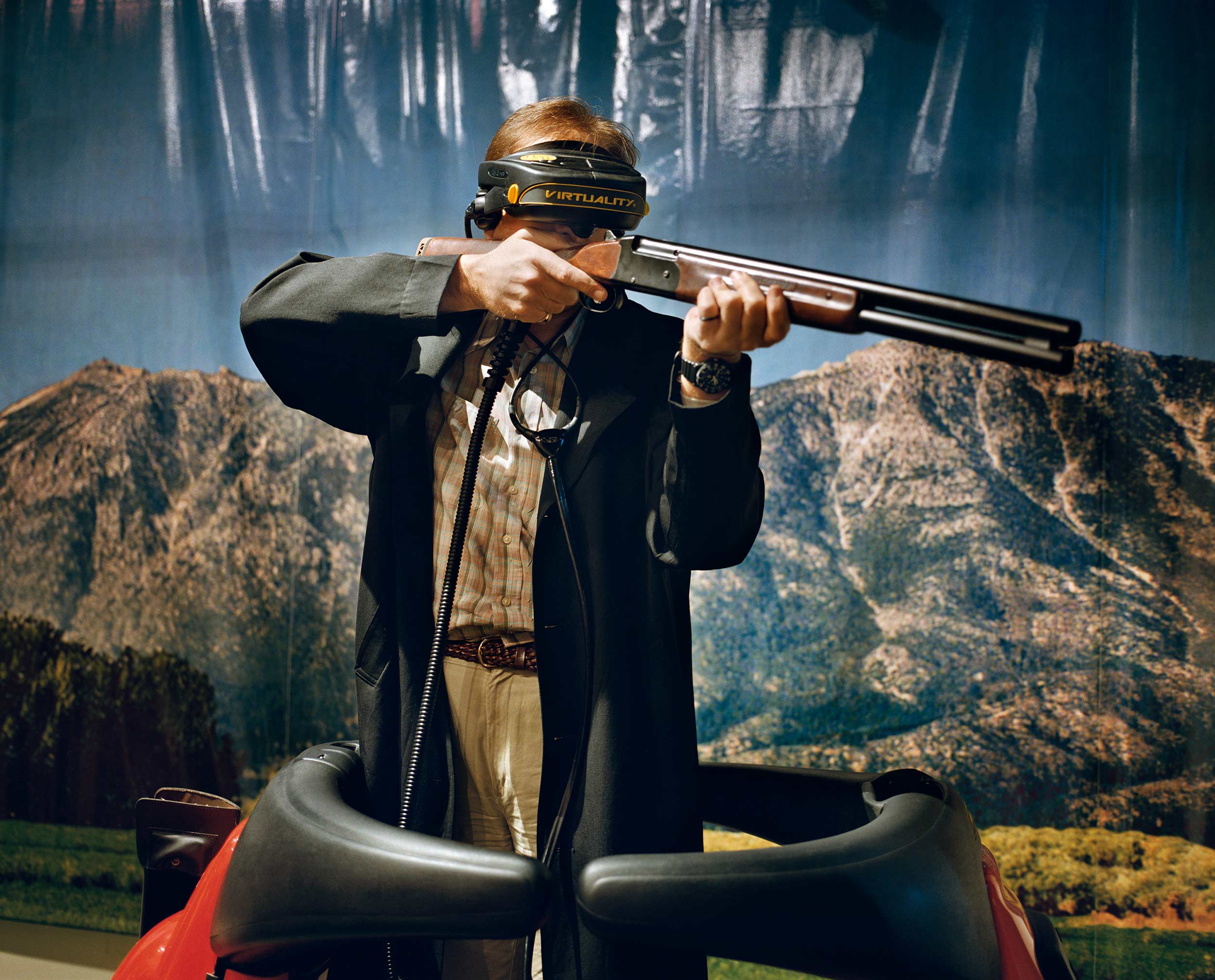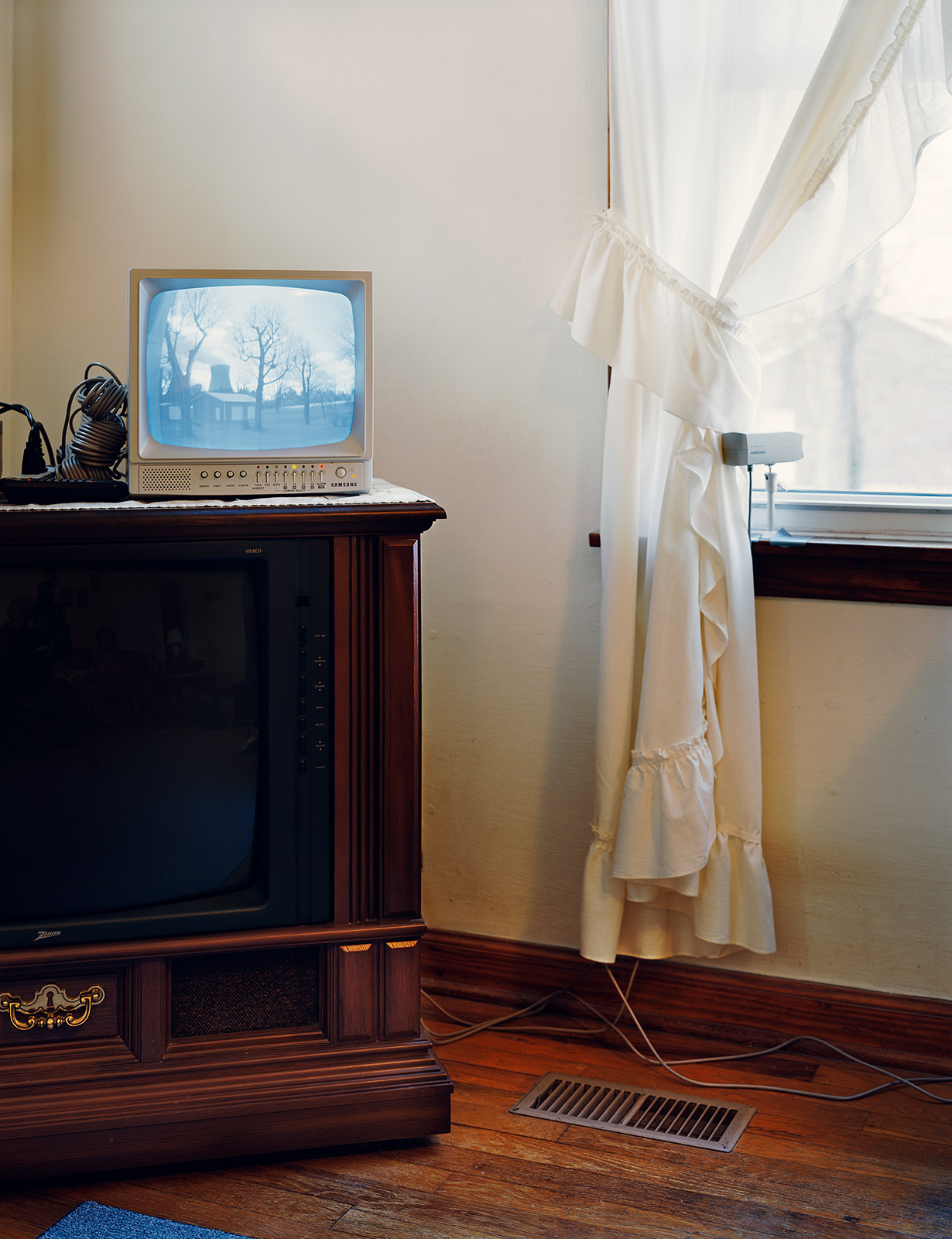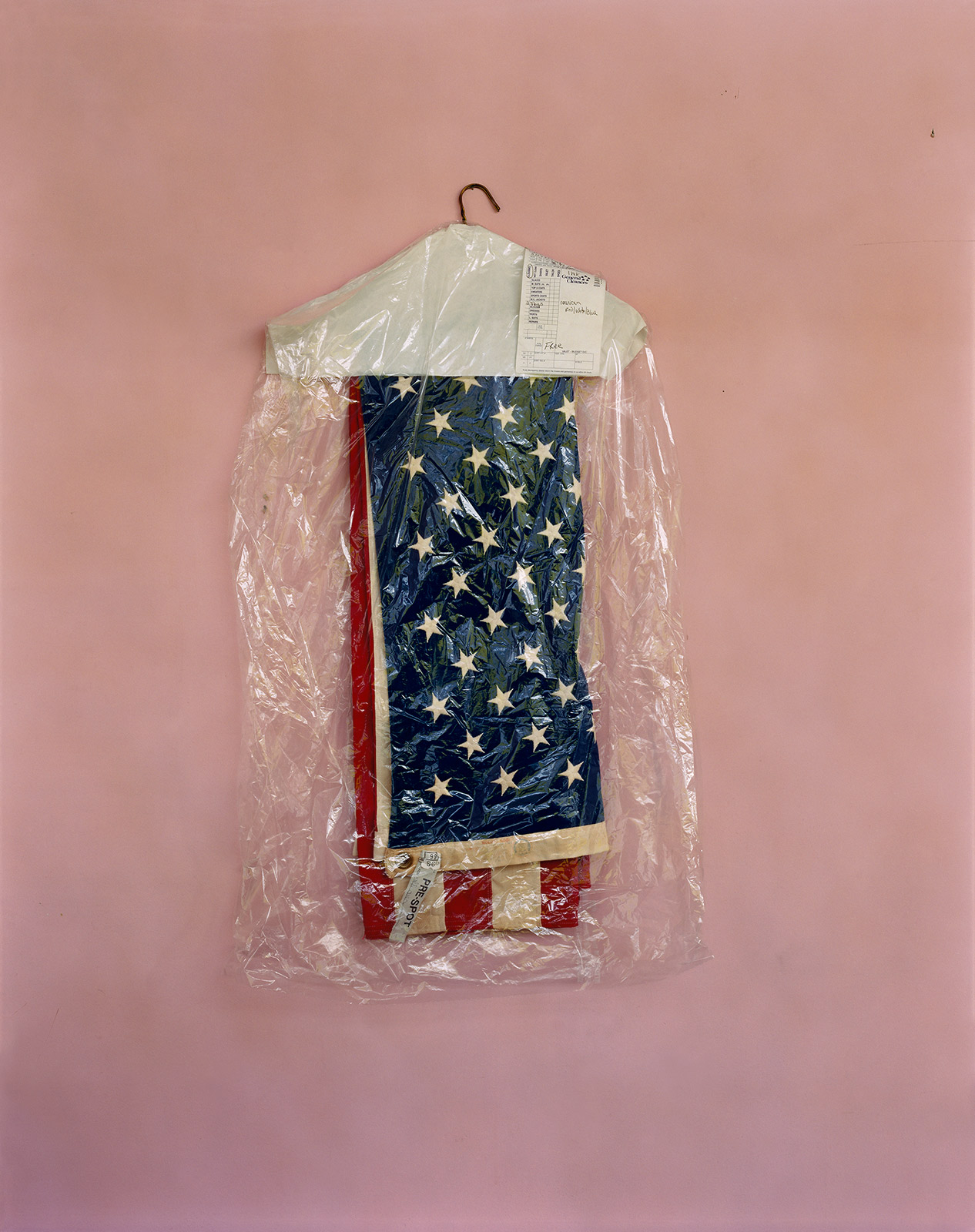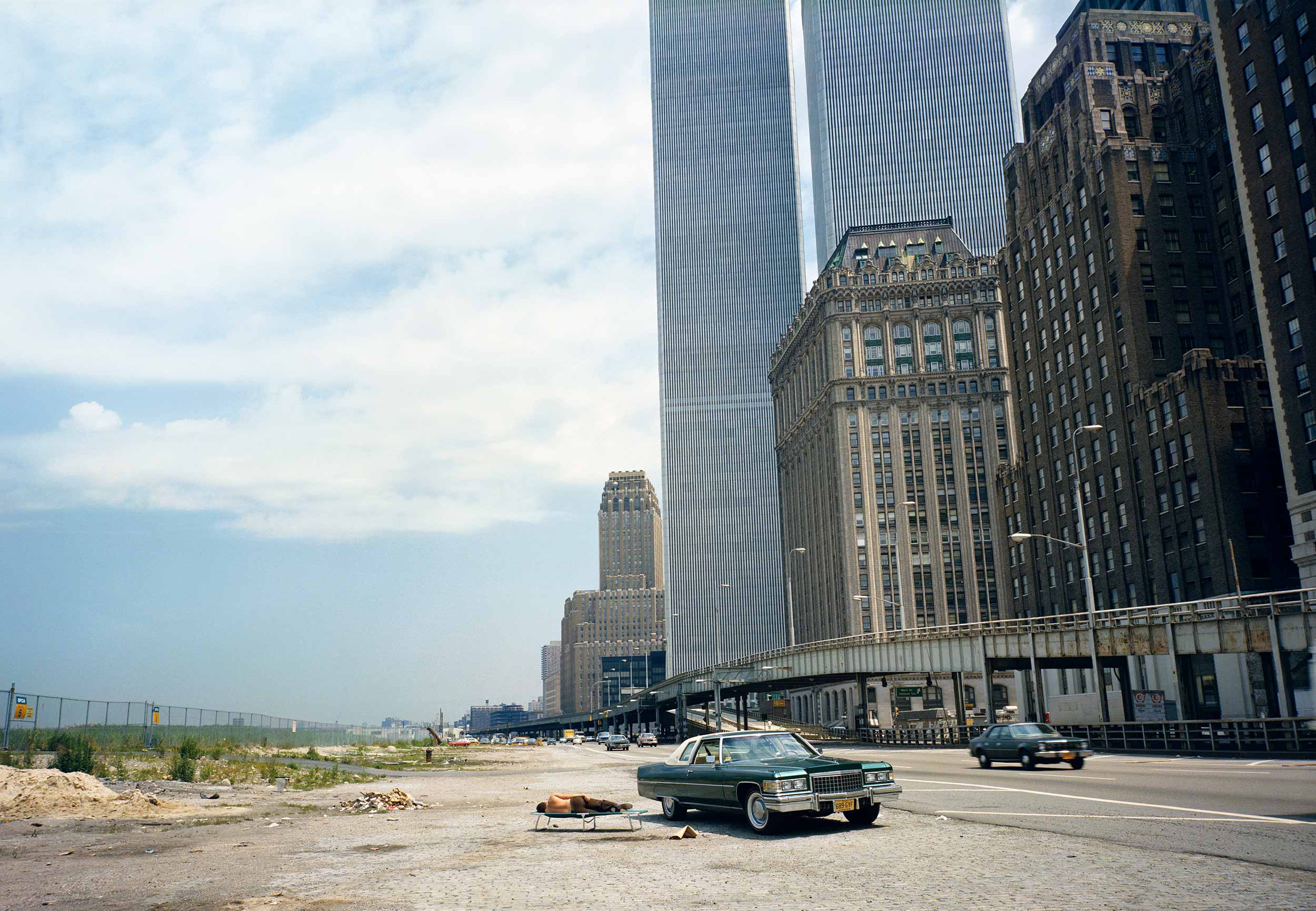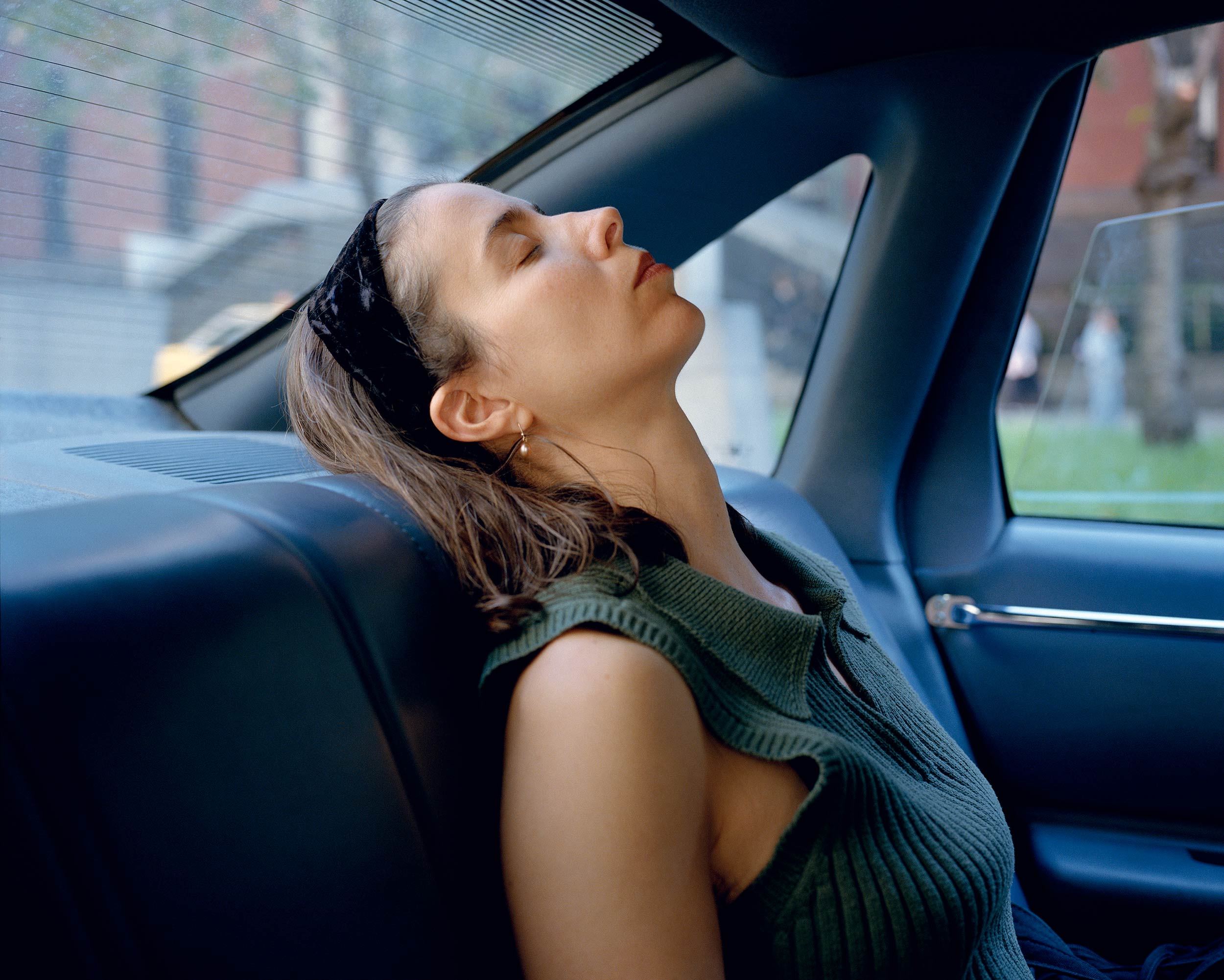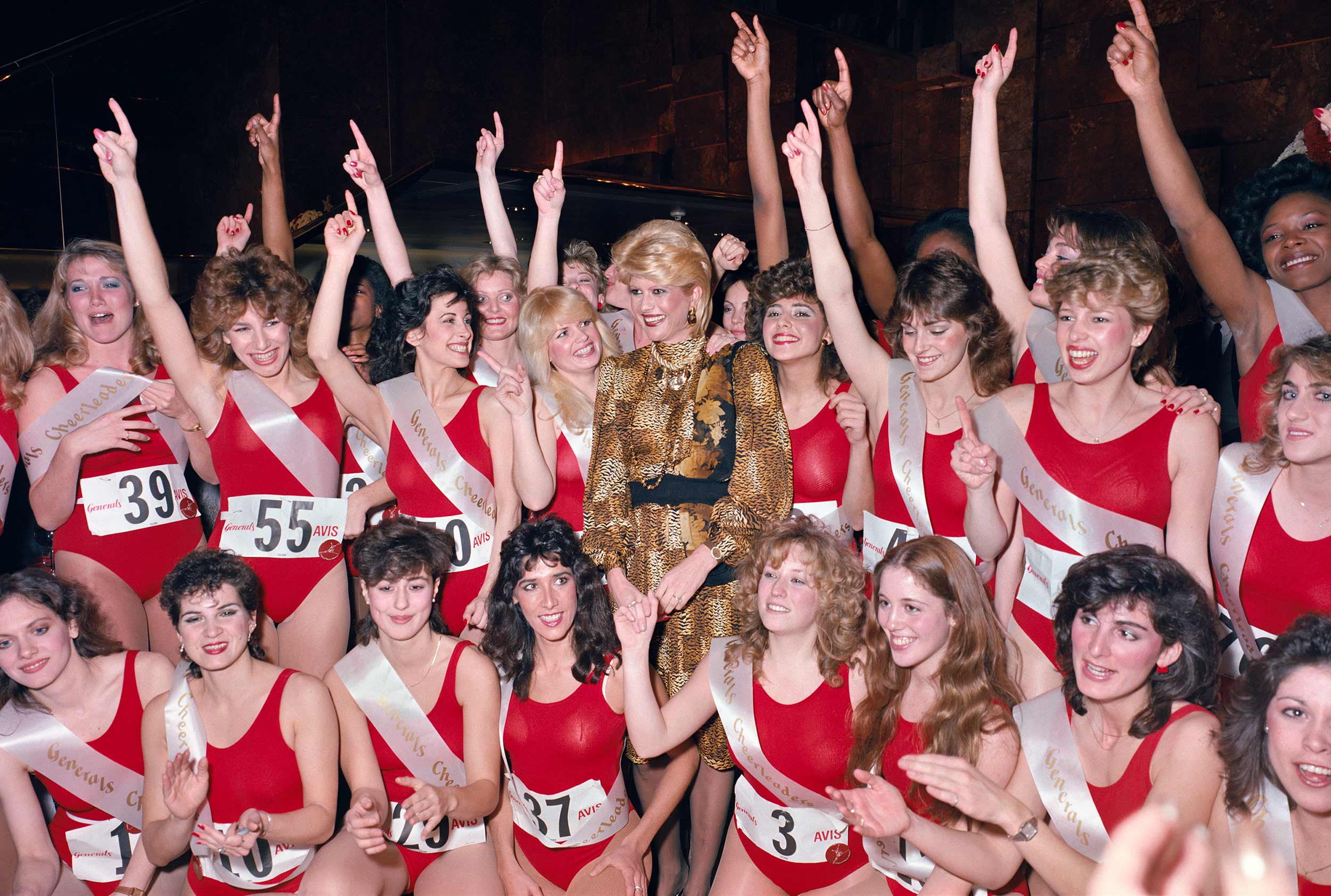From hippie snake charmers to Trump Tower cheerleaders, the photographer's latest book forces us to lower our defenses and reckon with the disorder and pain of ‘pure reality.’
America is Mitch Epstein’s inspiration, and it has been for the past five decades. Beginning his photo career during an era defined by the Vietnam War, rock-n-roll, and the hippie movement, Epstein’s visual imagery is as immersive as it is historical, spanning from then to the ongoing climate crisis and modern resurgence of white supremacy. His new book, Sunshine Hotel, is a linear exploration of past and present reality, told through a visual narrative of the United States. Through his artistic craft, Epstein’s work spans across the cultural, environmental, political, and social shifts of the nation, offering a detailed visual recounting of events, people, and places. As a pioneer of color photography, Epstein’s cumulative work offers detailed insight into the complexities of America: the place, its ideas, and its people.
Ahead of the Sunshine Hotel release, Epstein shared some thoughts with Document about the process and intent behind his new book.
Rachel Cheung—You introduce Sunshine Hotel with a poem by Wallace Stevens that touches on the theme of reality. Can you tell me about how you see the work in Sunshine Hotel relating to this poem and this theme?
Mitch Epstein—My photographs have been drawn from the real world since my beginnings in the late ՚60s although I’ve never thought of myself as a documentarian. Documentary work is commonly associated with objectivity. I am not objective. My photographs function like poetry; a distillation of my real life experience compressed into the flattened frame of a still photograph.
Stevens seeks the ‘exactest point at which [an object] is itself.’ The object at its most authentic. But in art, it’s not a straight shot to authenticity. It takes artifice to communicate ‘pure reality.’ Art is at service to truth, but truth is not the same as the bare facts. For me, the poem is a reminder that the noble aim of art is not itself, but a fresh rendering of the real. My hope is that my photographs disturb our set ways of seeing, thinking, and feeling. I’d like my pictures to play havoc with the intellectual and emotional status quo most of us maintain as a defense against the disorder and pain of ‘pure reality.’
Rachel—Many of the photographs in this collection were previously unpublished and now seem to contribute to the linearity of Sunshine Hotel. What are your thoughts on presenting photographs in a particular sequence, and how do these artistic decisions affect audience perception and the overall narrative of your photographs?
Mitch—I worked collaboratively with my editor, Andrew Roth, on SH. The concept for the book rose out of the numerous conversations we had about America and American photography over the years and our efforts to better understand the predicament of this country. For a long time, I’d wanted to break my pictures out of their structured series and put them together on different terms, but I couldn’t figure out how to do it. Andrew saw it clearly. He laid the groundwork for the sequencing, and broke the established order of my past chronology and projects.
Fourteen passages juxtapose my pictures in novel and surprising ways to evoke America as a place and an idea. Each passage has its own visual and conceptual logic, while the passages themselves are set in a precise order to produce a crescendo of meaning and emotion. A madness builds in the book, which is intentional; every picture and placement was highly considered. That said, there is no one reading to any picture, juxtaposition of pictures, or sequence. The narrative flow has a layered coherence: each time you read through, you discover new leitmotiv and connections. This makes the book a visceral, kinetic experience, not just an intellectual one.
Rachel—The collection of photographs in the book trace your evolution as an artist, as well as the development of the United States. If at all, how have your practices shifted alongside the changing cultural, political, and social environments?
Mitch—My artistic history can be divided into two parts, before and after the ՚90s. I began making work in the ՚70s and ՚80s, which were pre-digital, less commodified, and a relatively innocent era. My method during this period was spontaneous and athletic—shoot fast and shoot a lot. My early photographs had an undercurrent of irony, which was my way of treating the tension between the pleasures of an entitled society and its wars, racism, and repression. How could you not find irony in the happy-go-lucky recreation Americans enjoyed at the same time as we were annihilating the Viet Cong in the name of saving global democracy?
In the early ՚90s, I collaborated with a Vietnamese dissident writer on a project about the economic and cultural transformation that Vietnam was undergoing. The experience forced me to confront what it meant to be an American in a foreign country, one that my own country had ravaged. This instigated a fundamental shift in my practice. I became more mindful of where I was and why; developed a more conceptual and rigorous engagement with my subjects. I began working on extended projects over lengthy periods of time, and doing a lot of research—online, in books, and through proximity, by spending time with people in the worlds I was entering.
Family Business, which I finished in 2004, was another pivotal project. It began as a study of my father—who had gone from being a successful businessman to a slumlord verging on bankruptcy—and broadened to include my deteriorating hometown of Holyoke, MA. My subject was so complicated that I ended up using video, archival material, interviews, and my own writing, along with my photographs, to create the final work. I also started using a large format camera, and slowing down my process of making pictures. I began taking more time, shooting less film. The many social and economic challenges plaguing my father’s life have preoccupied me since: immigration, poverty, corporate ambition and control.
With American Power, people began asking if I was a political artist. I said no, because I’m not interested in didactic and reductive work, which is how a lot of political art looks to me. But since 2016, I’m fine with being considered political. The crimes committed against humanity and the environment—currently and historically—certainly influence the photographs I choose to make. Throughout history, serious artists have responded to dangerous times in their work. And these are dangerous times.
Rachel—You’ve documented an incredible range of subjects, themes, and environments over the course of your artistic career. Was there a particular time period that you felt presented more obstacles to your work than others?
Mitch—The years that I worked on American Power were challenging due to my subject and our national hysteria post 9/11, exasperated by the creation of Homeland Security in the Bush/Cheney era. Photographing in the environs of sites where energy was produced meant that my work was constantly being called into question by security and law enforcement. My fear of arrest and harassment heightened my anxiety, but I learned how to use that anxiety as fuel for my picture making.
Rachel—Currently, what inspires your work, and how do you maintain a fresh perspective?
Mitch—Disorientation inspires me. I thrive when I get out of my comfort zone, and suffer the vulnerability of not knowing where to turn next. Risk, failure, and chance are fundamental to my process and growth.
I’m a strong advocate for collaboration, and learning from others. Several years ago I collaborated with the composer and cellist Erik Friedlander on a performance piece that we performed at the Walker Art Center. The piece was based on my American Power work. In my studio, I work closely with my studio manager, Ryan Spencer, and my long time collaborator, Susan Bell. Looking and talking with them helps me to see my work freshly and avoid creative ruts.
I’m more frequently inspired by other media, from film to installation to literature.
Rachel—Are there any favorite photographs in the book with a particularly interesting back story you’d like to share?
Mitch—In 1984, Fortune Magazine assigned me to photograph a cheerleading competition at Trump Tower for Trump’s short-lived New Jersey Generals football team. Trump was skillful even then at creating a media event to draw publicity. His selection of judges, such as Andy Warhol and Beverly Sills, illustrated his savvy exploitation of cultural figures to serve his purpose. Andrew and I did not want an image of DT in SH, but the picture of his former wife, Ivana Trump, posing with a group of cheerleaders for the paparazzi, fit in nicely.
Rachel—Sunshine Hotel touches on similar themes as your recent show, Property Rights. Can you tell me how the show and book relate in your mind?
Mitch—Both projects draw connections in different ways between seemingly different narratives. It is the people of Property Rights that are the link in, be they American Indians at Standing Rock, humanitarian workers in the Borderlands, or native Hawaiians taking a stand against the construction of the worlds largest telescope. They are all taking a stand for what they believe in and that’s what bridges the multiple narratives of the series.
Sunshine Hotel came about because of the work that I was making for Property Rights, which inspired me to look back at the history of my American work, and reactivate pictures from the past which might bring new light to the deeply divided and fraught psychological state that’s cast a shadow on our nation.
Rachel—Considering America’s constantly changing zeitgeist and landscape, what do you hope resonates with your audience when they view Sunshine Hotel?
Mitch—Sunshine Hotel is an artist’s book that draws on my American archive to create a contemporary work. It brings the past into conversation with the present, re-activating the old material and thereby denying the potential for nostalgia. The photographs take on new meanings by virtue of how they fall within the sequences, and how they interact with the country we live in today. By re-contextualizing my history in SH, I’ve been able to perceive new meaning in the work, and I hope that comes across to my readers.
We’re living through an era of fast photography, where most of us look at pictures speedily on social media platforms or personal archives on our devices. I’m asking my audience to slow down and read the pictures, and reflect on how and why they are contextualized as they are. SH is a history book that relies on metaphor and the clash of past, present, and the potential future to communicate the ‘pure reality’ of America, as I know it.
Sunshine Hotel, out today, is available for purchase here.


